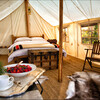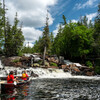
Want to Fish from a Canoe?
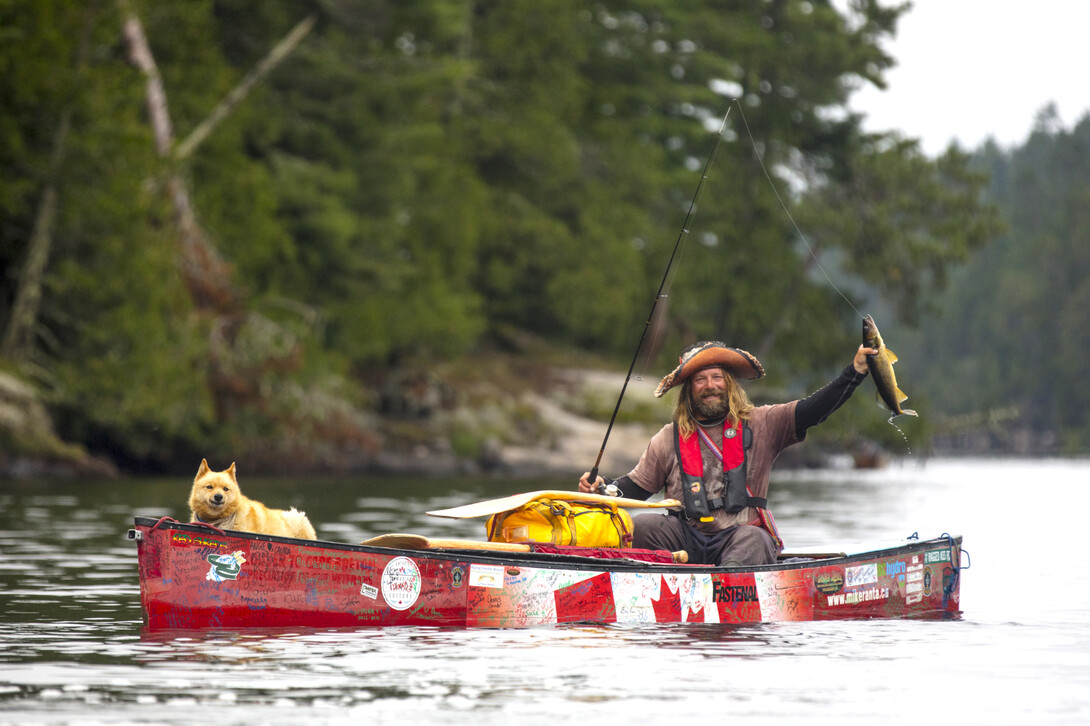
Rocky shorelines broken by sweeping beaches, towering pines amid a sea of black spruce, this is the perfect backdrop for that magical moment when you feel a tug at your rod tip. Keen anglers can spend a lot of time honing fishing skills—and that’s part of the fun—but the rock bottom truth to fishing the North is that all you really need is a canoe, fishing rod, and these few tips and tricks to have your next meal pulling you around the lake.
Luring
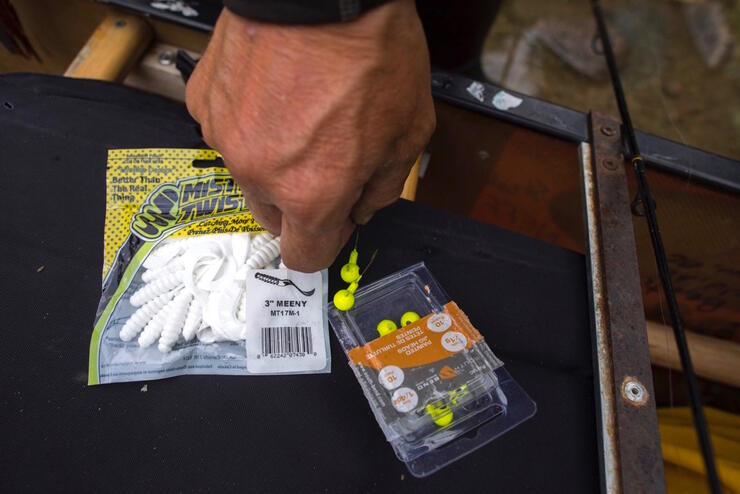
Since travelling light can be important when in a canoe, it’s nice to know that only two lure setups will let you catch a wide range of fish. White Mr. Twister plastic grubs mounted on jig heads of various weights will have you landing buckets of fish when the bite is on. Use a heavy head to jig for lake trout, go moderate to hit the bottom of a current for pickerel, or throw lightly into the shallows for bass and pike.
Three-way swivels are the best-kept secret in a complete but minimal tackle kit. With a good swivel to keep your line from twisting, you can get a spoon to depths without a downrigger.
Tie a weight to the bottom loop on a short piece of line, while the spoon ties to the back loop. This lets you troll with your spoon near, not at, the bottom, and well under the surface where an unweighted spoon would find itself.
Locating

Finding pickerel and trout can be limited by time of year and the body of water you are on, but it’s always worth the effort. One approach for finding pickerel (or walleye, if you prefer) is to bounce a jig off the bottom of a 7-metre-deep lake at dusk.
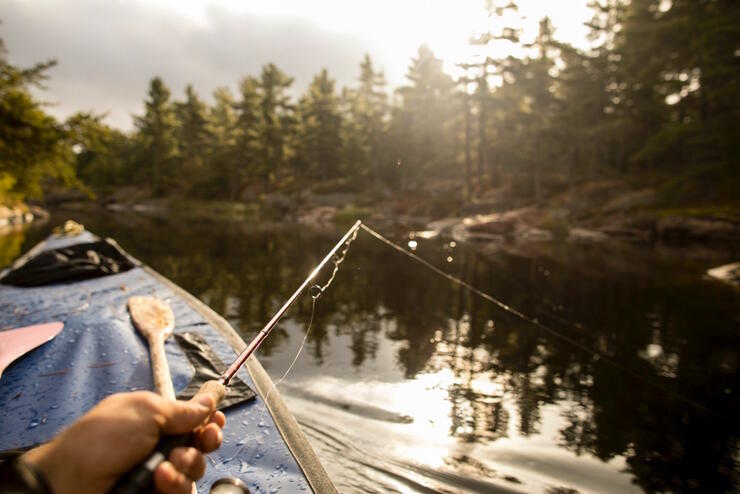
But a better tactic is to look for mid-river rapids or currents entering a lake. Pickerel love the deep pools below rapids, and the dark art is to let your jig enter the current, get to the bottom, and skim along where the pickerel sit. Lake trout are very season-dependant. They are in the shallow waters during early spring, but the late summer might have you fishing in 20 metres of water to find them. Unless it’s early spring, fishing right near the bottom of deep lakes is your best bet to find lake trout.
Landing
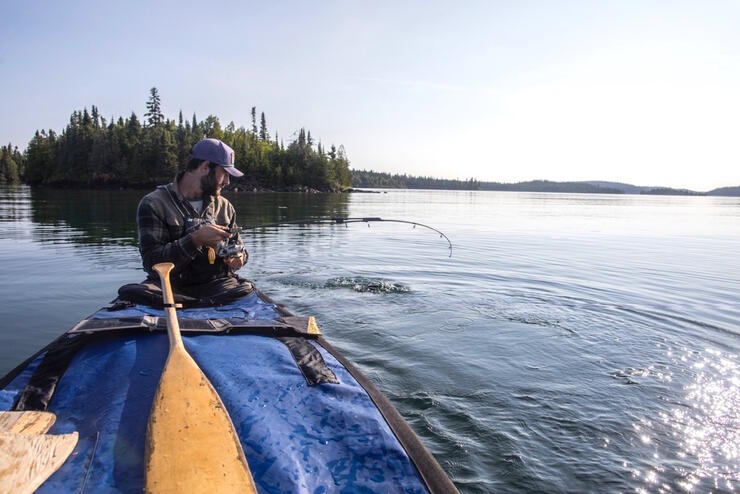
Landing a fish to a canoe can pose challenges, especially if it’s a trophy. Are you alone or do you have a partner? Do you have a net? Are you eating it or letting it go? If you have a partner in the boat, it’s easiest to have him or her land the fish while you work the rod. No matter the situation, a small net can be a big friend.
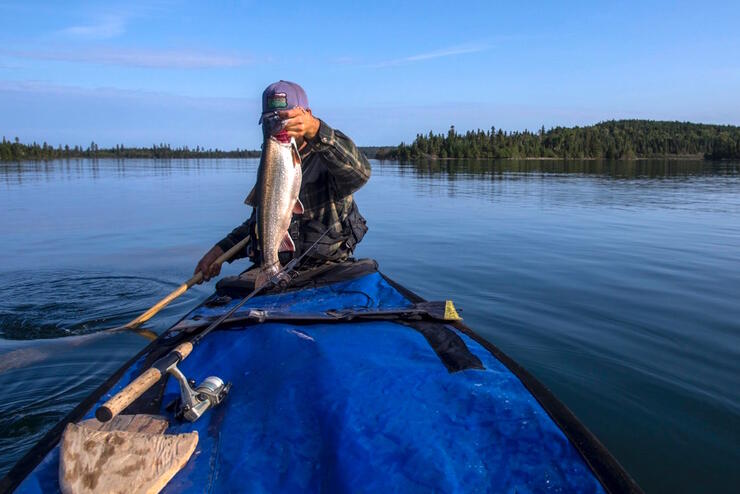
The biggest consideration is whether or not a fish is destined for the fry pan. If it will be let go, it’s best to do a quick release alongside the boat instead of inviting a thrashing fish into the canoe where it might get hurt and cause havoc. If it’s destined for lunch, the application of a fish relaxer, otherwise known as a club, can stun the fish enough for you to safely land and dispatch it. No matter the scenario, remember that you’re in a canoe, so don’t rock the boat in your fish frenzy.
Cleaning and Cooking

You’ve landed your meal and found the perfect beach for lunch and a swim. Cleaning fish on your paddle is one way to keep pesky sand from your catch.
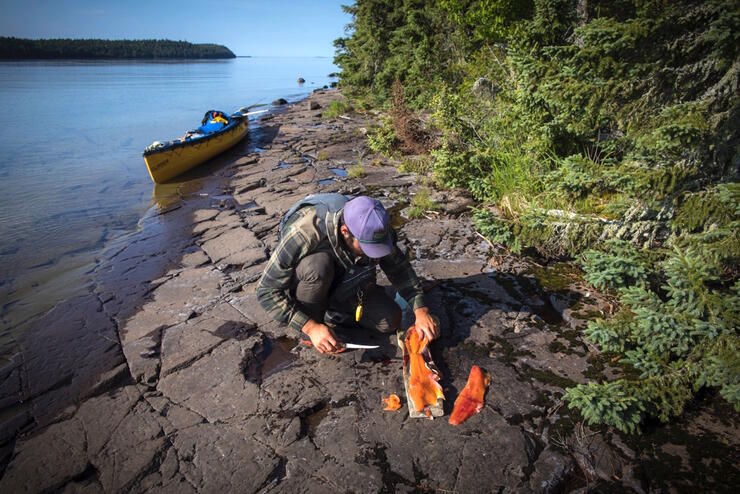
While a cast iron fry pan is a staple on many canoe trips, opting for a really small, non-stick fry pan is an easy way to prepare a quick lunch. The pan is easier to heat, it cooks the fish crispy with less oil, and you can keep it stowed conveniently for quick shore lunches while on the move.
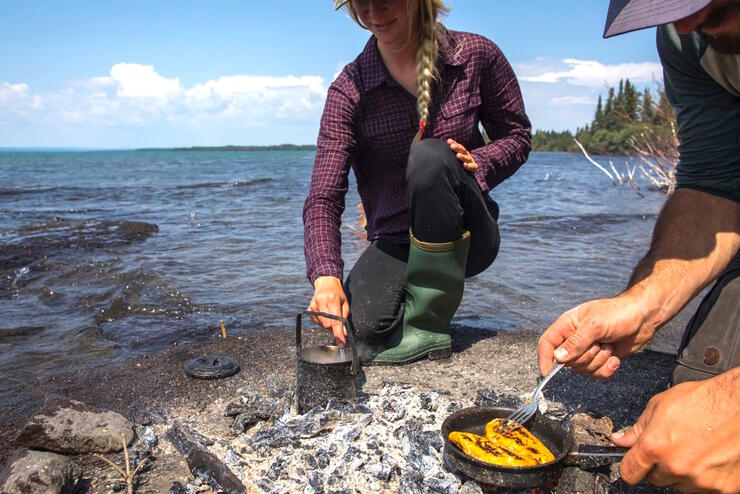
If you’re planning to eat where you camp, it’s a good idea to clean fish before arriving to your site, or paddle away to process your fillets, to not attract wildlife.
TOP 5 CANOE AND KAYAKING FISHING DESTINATIONS
Whether you fish for fun, food, or both, a lifetime of angling awaits in Ontario. Fish’N Canada’s Angelo Viola and Pete Bowman recommend these Top 5 canoe and kayak fishing destinations. Pick your lure, check your depth, and see what takes the bait.
Recommended Articles

Temagami Canoe Trip Guide
Train-In Adventure
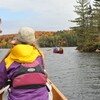
Algonquin Park Canoe Trip Guide

Easy River Tripping
Temagami Canoe Trip Routes
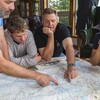
Best Canoe Maps in Ontario

Killarney Canoe Trips
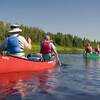
Missinaibi River Canoe Trip
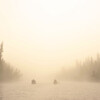
Escape the Crowds
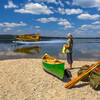
Best Fly-in Canoe Trips
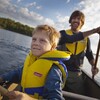
Paddling Laws
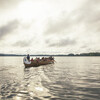
11 Indigenous-Owned Outdoor Adventure Companies in Ontario
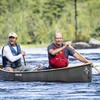
Quetico’s Best Canoe Routes
Best River Canoe Trips
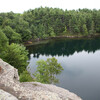
Explore Historic Rideau canal
Ontario’s Moose Hotspots
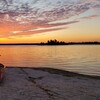
Hidden Gems: Best New Canoe Routes
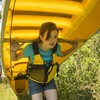
It's Time for a Paddle
